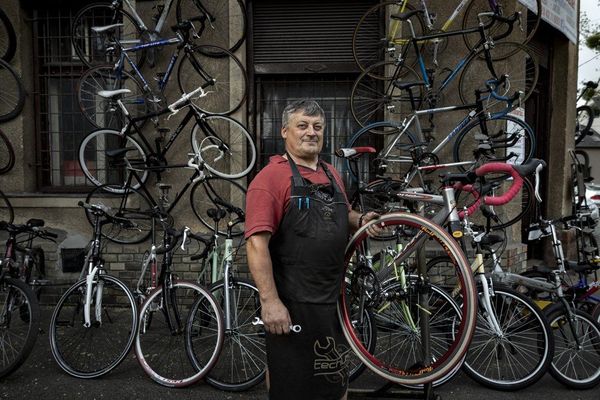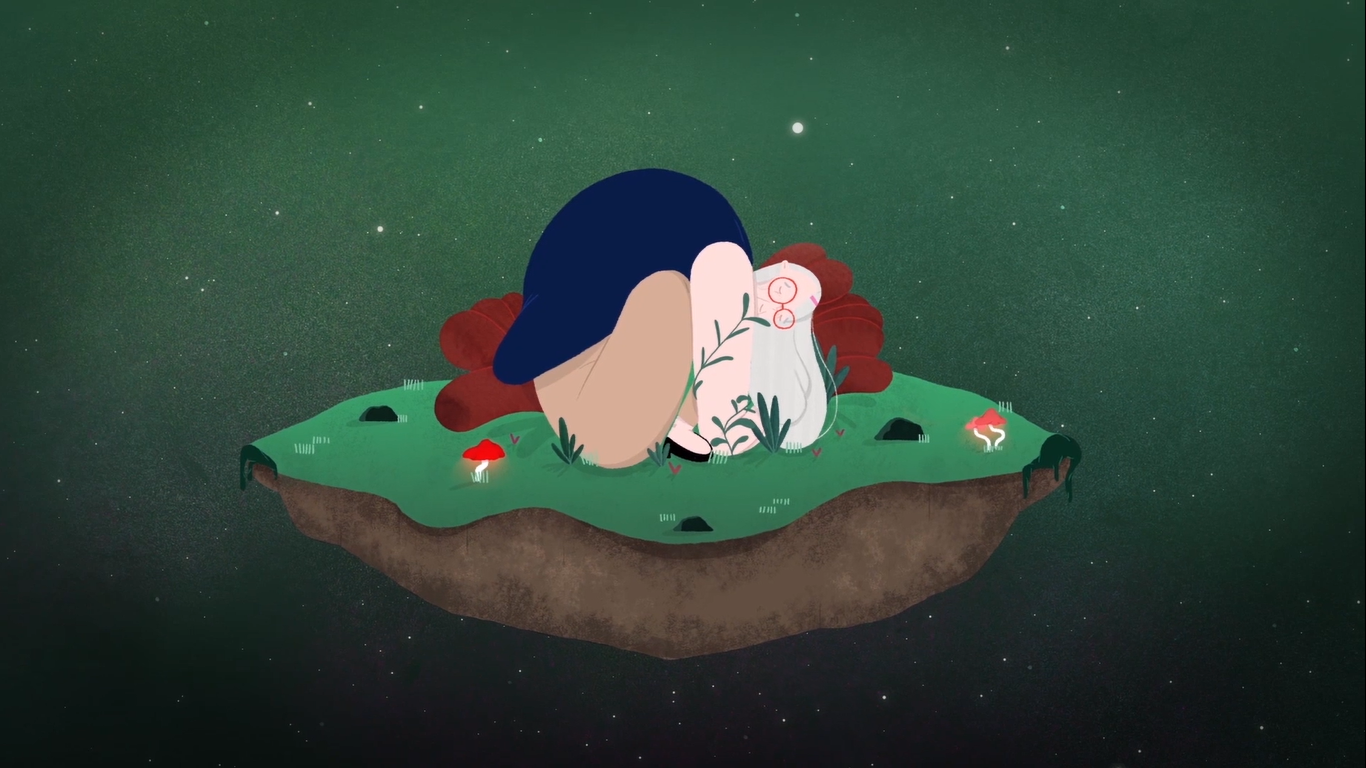The duo of religion and design interweave our everydays in many different ways: starting from music videos full of Christian symbols, through the kitschy objects placed in mass production to our acts recalling religious rituals like “following” our favorite celebrities – we preserve the motifs of religion in unusual new ways in the 21st century. But is this what sacral design is?
“The relationship between design and religion on a primary and everyday level can be observed in the use of religious symbols for commercial purposes, such as advertisements, fashion items or pop music videos just as in the design of objects made for religious-church use.“ – writes Zoltán Körösvölgyi in his study published in the latest issue of Disegno. To support his statement, he brings examples like the contemporary women’s and men’s priest apparel of House of Ilona, or the “joint wake” at Apple stores before releasing a new product. In relation to latter, even though we might feel that we do go through a community experience similar to religious practices, the service design cannot create its spirituality truly. It is rather ethical design building on the power of the community that should be regarded as sacral design.
All students of Moholy-Nagy University of Art and Design responded to the topic of sacredness at the “Contemporary sacral art” course launched in 2018 in a different way: they designed objects, graphics and animations, they prepared conceptual creations and wrote fresh-angled theoretical studies. Let’s see a few of them!
Bertalan Bessenyey – STILL SEEKING
Bertalan Bessenyey’s font experiment is about the constant review of the relationship between him and God – to reflect this, he strived to express the continuous pathfinding both in terms of form and content on his posters. He used reversed-contrast fonts that resemble Greek characters at first glance, however, the text goes against the ordinary orientation and can only be read if rotated. His work was also featured in Tipózóna 2018, in the exhibition space of Templom Galéria in Eger.
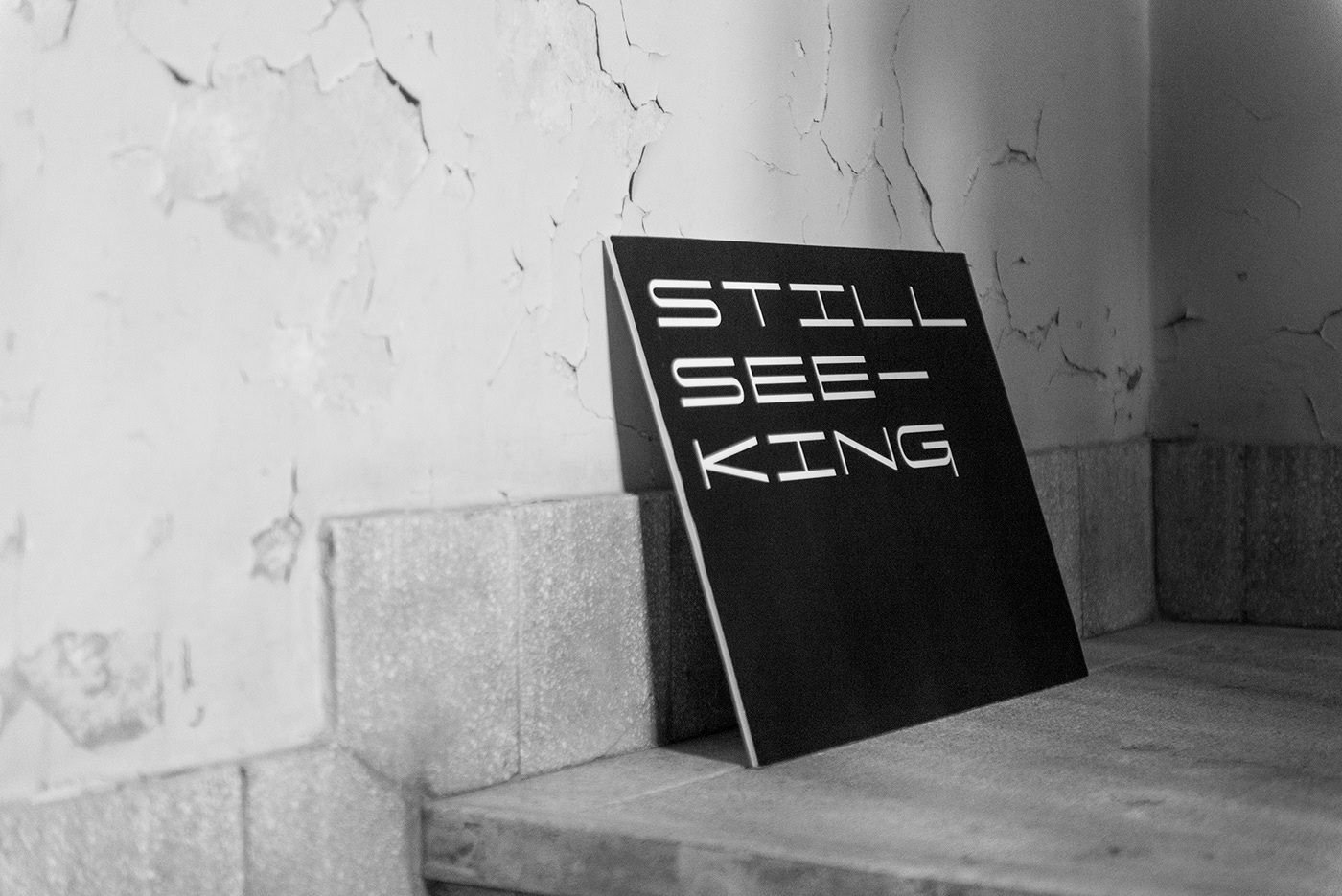
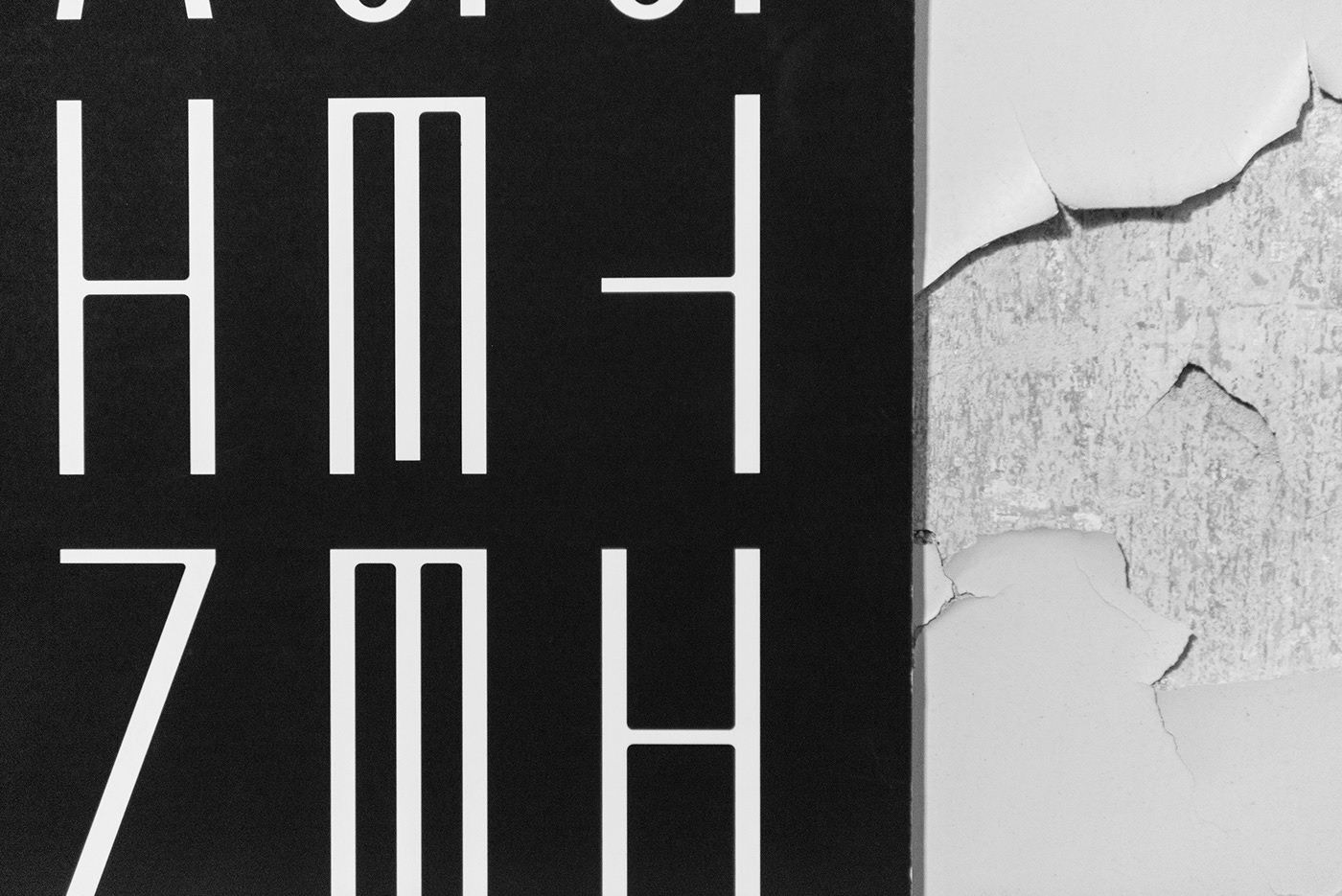
Borka Moravcsik – GEMATRIX
Pathfinding stays with us over our entire lives: in some phases of life it is less dominant, while at other times we work really hard on trying to find ourselves. Fundamentally we think of faith and tradition (regardless of religion and culture) as forces that can help us find our paths in life. Borka Moravcsik’s project expresses the possible relationship between faith and balance in an implicit manner. Gematrix is a building toy, in which the amorph building blocks work with the numerological system of Kabbalah: gematria. Every shape has a number on its side, while the other parts display Hebrew letters belonging to the given number. The building blocks are in balance if we place the next element on the letter belonging to the number of the given shape. It can also be perceived as a sort of meditation training, and could also serve as an educational tool for children, as it helps them acquire the Hebrew alphabet and numbers, too.
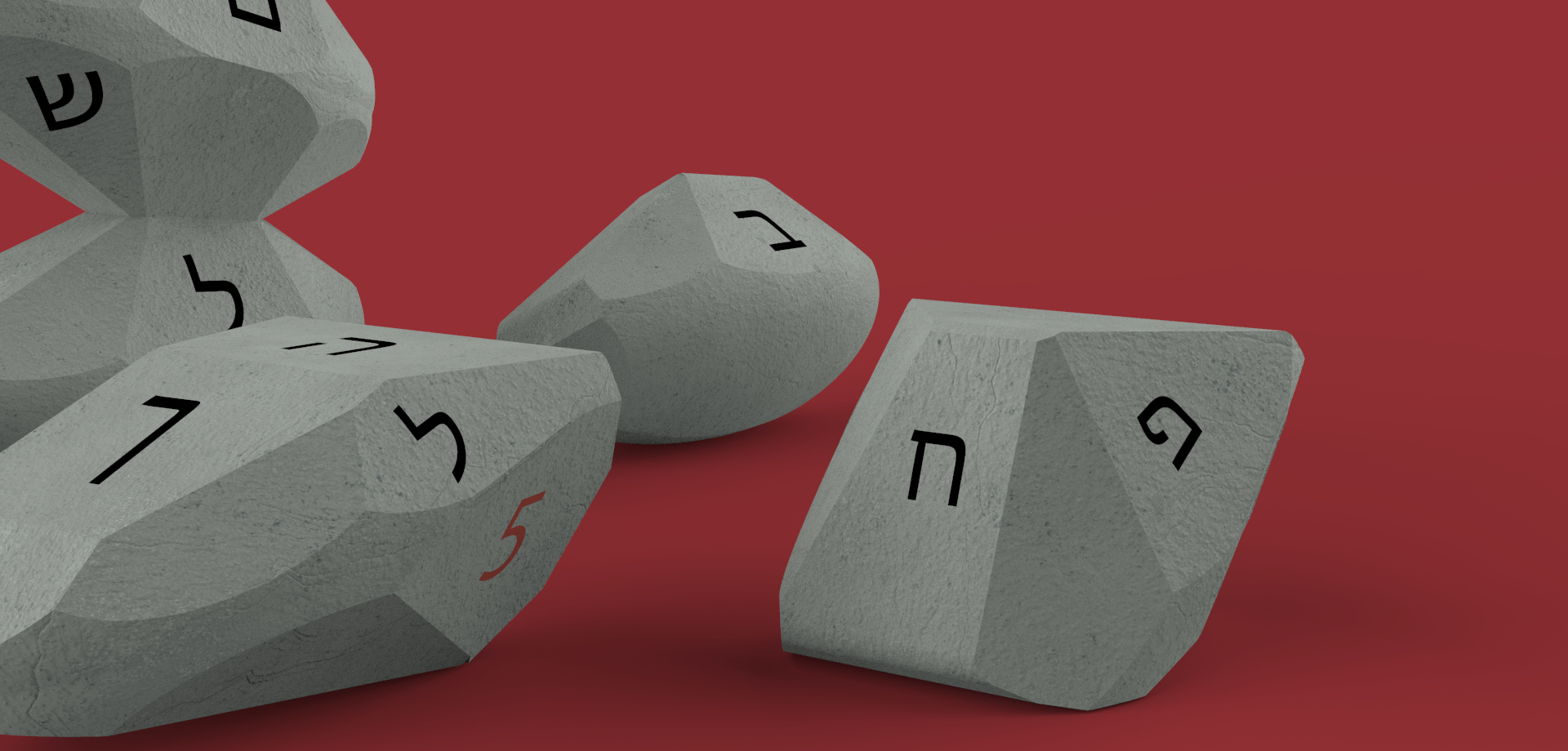

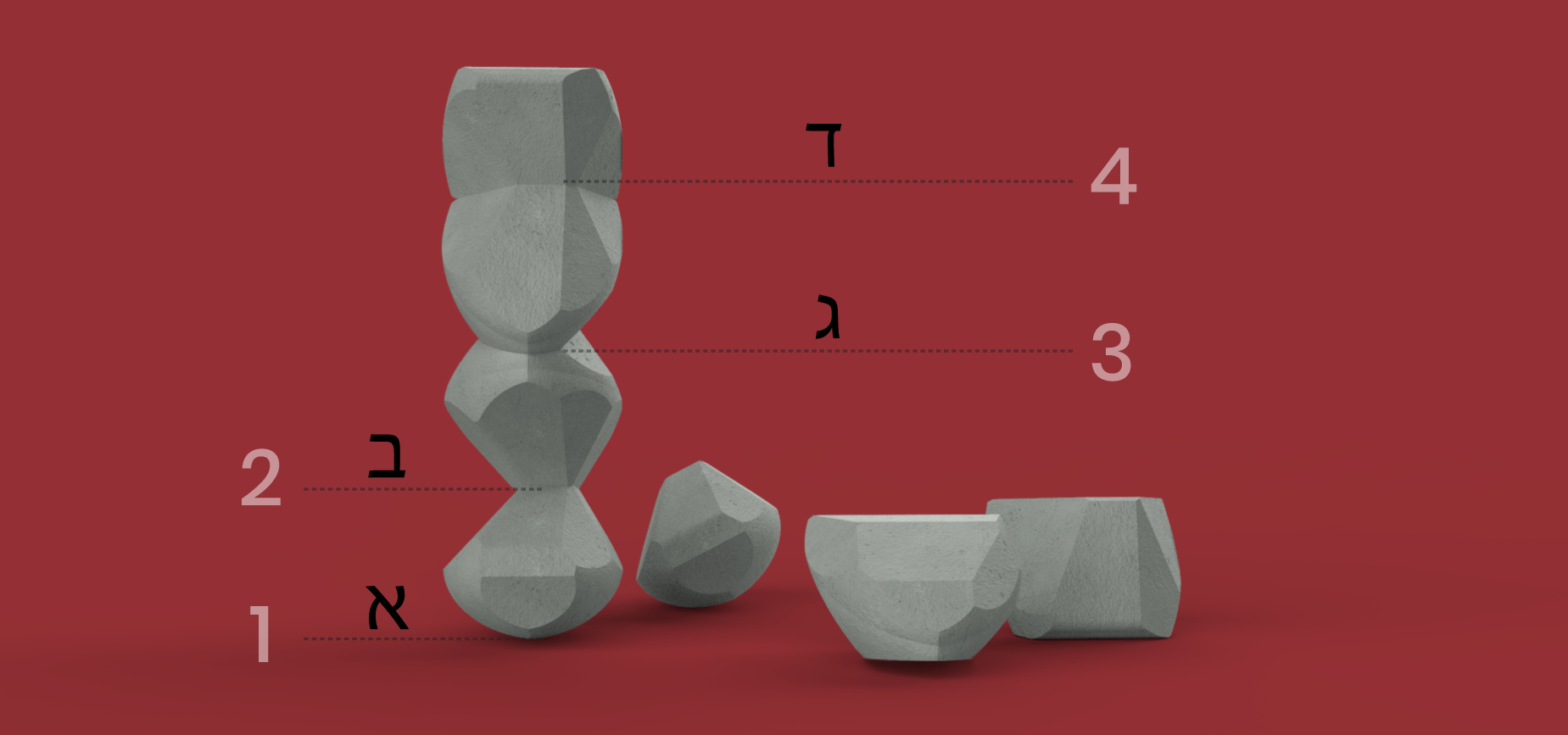
Nóra Csendes – Pellegrino
Nóra Csendes focused on the kitschy appearance and outdated functional solutions of objects related to religion. She saw that there were only a few solutions that respond to the needs of those practicing religion, convey the message of the given religion and are also modern in terms of shape and design at the same time. The aim of the Pellegrino pilgrim flask is to help those on the road, while also communicating the important message of pilgrimage. With the help of the object, the pilgrims meeting each other can share what they have with each other, and shortage of water can pose the number one problem in the course of pilgrimages. The flask consists of two parts: the smaller can be screwed off from the larger, thus its owner can give it to a fellow pilgrim.


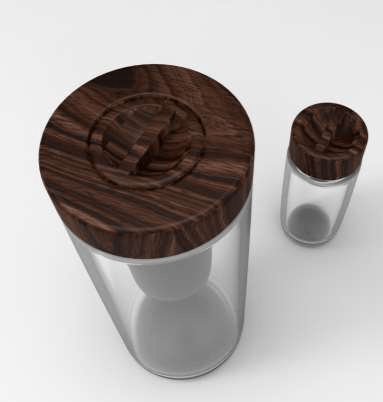

Kitti Teleki – Felhőmesék / Cloud stories
Kitt Teleki’s animation movie plan is about a little girl who lost her grandma and meets her again in an idyllic, peaceful space. The caring grandmother symbolizes a god-like creature, who appears in different qualities in the universe recalling nature, yet looking like nothing else in our world. Kitti’s work was inspired by Krisztina Tóth’s book titled Felhőmesék (Cloud stories), the stories of which draw on everyday situations, but do not neglect more serious topics either, and address both children and adults. With its unique narrative and visual world intended for children, the Felhőmesék animation tells a story about how we could imagine the afterlife, unconditional love and care.
To also mention a few theoretical studies: For Zsófia Ádám, Twitter recommended Donald Trump, Pope Francis and Bill Gates as profiles worth following on the same page, and as a result she started to examine how thinking about religion transformed in the network society, while Brigitta Ádi focused on sacrality appearing in animated short and feature films.
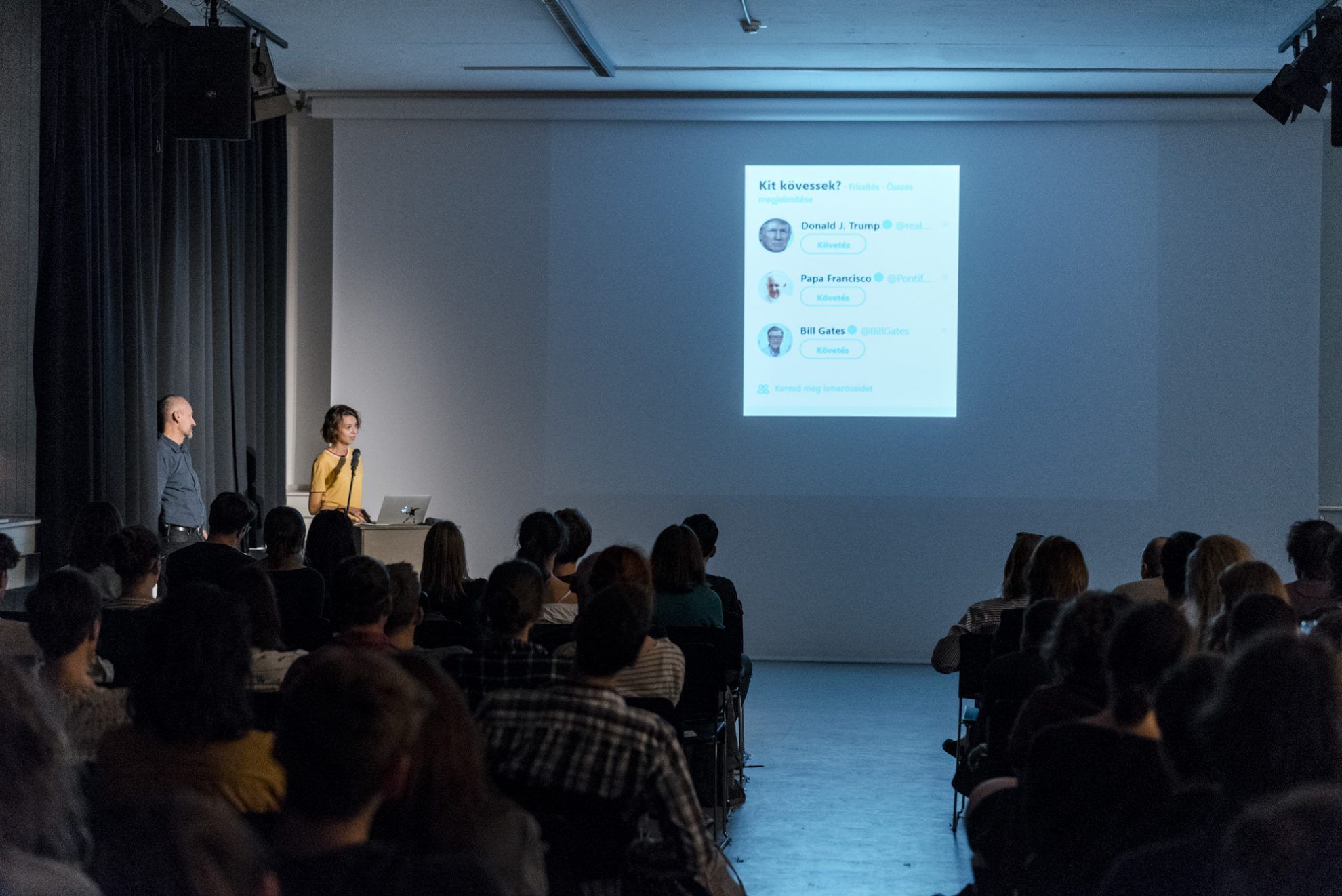

Prague Brutalism
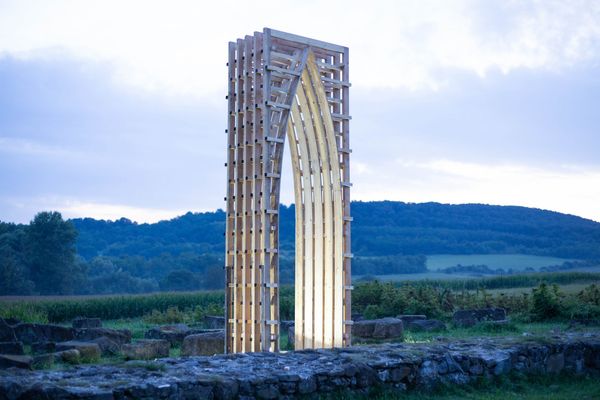
Inspiring installations | Hello Wood Off-Mustra 2020
